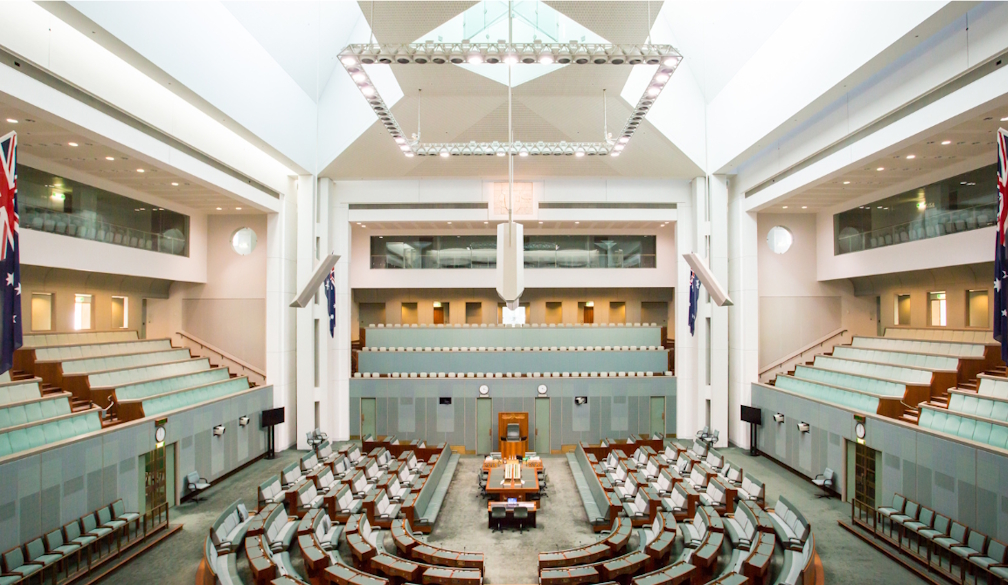What Does the Coalition Need to Do to Return to Government in Australia?
- Written by Times Media

For the Coalition to return to government in Australia, it must do far more than simply wait for Labor to stumble. The political landscape has shifted dramatically over the past decade, with voters increasingly fragmented across generational, regional, and ideological lines. To win again, the Liberal–National Coalition needs to rethink its strategy, modernise its message, and reconnect with the everyday concerns of Australians — and do so with a clear eye on the electoral map that will decide the next election.
1. Rebuild Trust and Unity
The Coalition has suffered from internal divisions — whether over climate policy, leadership struggles, or ideological battles between moderates and conservatives. To convince voters, it must present a united front and show discipline. Australians punish disunity harshly; without cohesion, any policy message risks being drowned out by factional noise. A disciplined, professional opposition is the first step toward being seen as a credible government-in-waiting.
2. Speak Directly to Cost-of-Living Pressures
Inflation, housing affordability, and rising energy bills dominate the concerns of ordinary families. The Coalition needs credible, forward-looking policies that offer relief without appearing reckless or short-term. Promising tax cuts alone will not be enough — Australians want to see structural reforms in housing supply, energy transition, and job security. A practical housing agenda, particularly for first-home buyers and renters, could resonate strongly, especially in mortgage-belt electorates in Western Sydney, Melbourne’s outer suburbs, and Brisbane’s north.
3. Reframe Climate and Energy Policy
One of the Coalition’s biggest weaknesses in recent years has been climate policy. While business and younger voters increasingly demand clear commitments to renewable energy and emissions reduction, parts of the Coalition base resist this shift. If the party continues to appear out of step with global and domestic momentum on climate, it risks alienating the middle ground. A pragmatic approach that balances energy security with investment in renewables could provide the credibility needed to win over swinging voters in key urban seats.
4. Focus on Key Battlegrounds
The road to victory runs through a handful of marginal seats:
-
New South Wales: Western Sydney electorates such as Lindsay, Reid, and Parramatta are crucial. These areas are dominated by working families under mortgage stress — receptive to cost-of-living solutions.
-
Victoria: Melbourne’s outer ring seats like Deakin and Aston will test whether the Coalition can win back suburban middle-class voters who have drifted to Labor and independents.
-
Queensland: Traditionally Coalition territory, but retaining regional seats like Flynn, Capricornia, and Herbert will be essential. Brisbane’s inner-city electorates, however, risk further drift toward Greens unless the Coalition modernises.
-
Western Australia: Seats like Swan and Hasluck are genuine three-cornered contests, where a strong Coalition pitch on resources, jobs, and cost of living could be decisive.
-
Tasmania and South Australia: Smaller states where a single seat — such as Bass or Boothby — could tip the balance.
At the same time, the Coalition must also blunt the rise of teal independents in affluent inner-city electorates, which were once its heartland. Winning these back may be difficult in the short term, but stabilising its losses there will prevent Labor from having a freer run elsewhere.
5. Present a Fresh Leadership Narrative
Leadership matters. Australians respond to leaders who feel authentic, competent, and in touch. For the Coalition, simply recycling past leaders or relying on nostalgia will not work. It must elevate figures who embody renewal and optimism while still carrying economic credibility. A generational shift in leadership could be the catalyst for re-energising its base and appealing to younger voters who have grown distant from conservative politics.
6. Offer a Positive Vision, Not Just Opposition
Finally, the Coalition cannot rely solely on attacking Labor. Voters tire of negativity without a constructive alternative. To return to government, the Coalition must articulate a clear and positive vision for Australia’s future — one that balances economic growth with fairness, national security with openness, and modernisation with stability. A campaign that is aspirational, not merely oppositional, is far more likely to sway undecided voters.
Conclusion
The Coalition’s challenge is significant but not insurmountable. By uniting around a modern agenda that addresses cost-of-living pressures, climate and energy, and suburban and regional growth, while offering fresh leadership and a positive vision, it can rebuild the trust of the electorate.
The next election will be won in the suburbs of Sydney and Melbourne, the mortgage belts of Brisbane, and the swing regions of Tasmania and WA. Australians are pragmatic — they will back whichever side shows it understands their lives and has a credible plan for the future. If the Coalition can achieve this, a return to government is very much within reach.


















